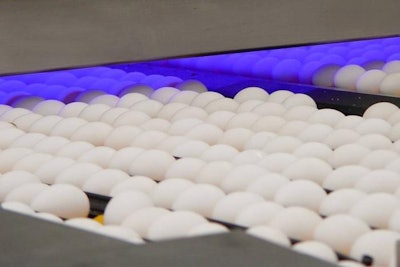
What you hear from the Mexican poultry industry regarding avian flu, makes you raise your eyebrows. A few days ago, the World Organisation for Animal Health (OIE) published Senasica (Mexico’s National Service for Health, Safety and Quality of Food and Agriculture) notifications of nine continuing outbreaks and 10 outbreaks that have been resolved. These were reports of what has happened in the states of Jalisco and Puebla, the two major egg producing states in the country. So far, everything indicates that work is being done on that issue.
But this contrasts with what you hear out there. Rumor has it that the situation in the area of Tehuacán, Puebla, is a disaster, hens are dying in droves and that the situation is going from bad to worse. If this is true, why is the situation continuing after four years of those outbreaks of avian flu?
I do not intend to point fingers at anyone, nor do I have the authority to do so, but it seems that nothing is happening or that a lot is actually going on ... in silence.
Producers vaccinate and continue vaccinating, but perhaps not much is being done on prevention. Has there not been sufficient pressure to stop the transportation of manure or poultry products to areas where there is no avian flu? Because recently the Yucatán poultry farmers expressed concerns that the disease is emerging in the peninsula due to smuggling of poultry products, when it has not emerged in the region in 30 years.
Time is being lost
Precious time is being lost, time in which Brazil has grown and boasts its clean health status. In 2015 alone, Brazil increased egg production by 6.1 percent and its egg exports grew by 53.5 percent. At the same time, Mexico grew egg production by 2.5 percent, but that increase basically only serves its huge domestic market. The Mexican poultry industry has already recovered, but did it come at the expense of productive efficiency? It is surprising, though, that the Mexican industry is profitable, but it could be more and an exporter as well.
Aidan Connolly, chief innovation officer and vice president of corporate accounts at Alltech, told me in an interview a few weeks ago that he saw a promising future for the egg industry in Mexico. Due to the animal welfare regulations (and cage-free production) in the U.S., a lot of Mexican eggs could be sent to the U.S. Could it be? At this rate, it is unlikely to happen. The same could have happened with the avian flu outbreak in the U.S. and it did not.
If Mexico does not take advantage of its proximity to the world's largest market and its own production capacity, it will be Spain – which already exports to the U.S. – or another door will be opened to Brazil. Thus, its golden opportunity will be gone.

















